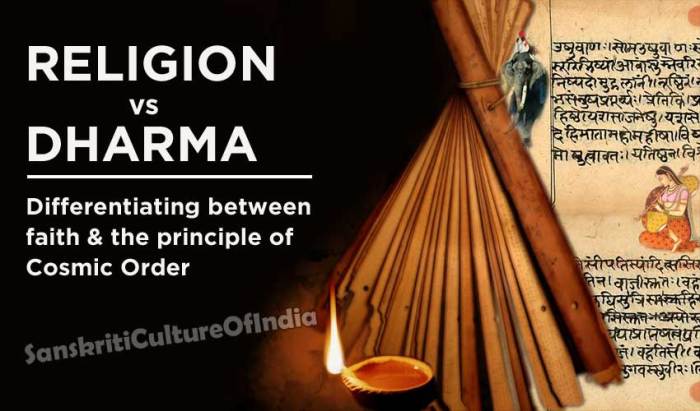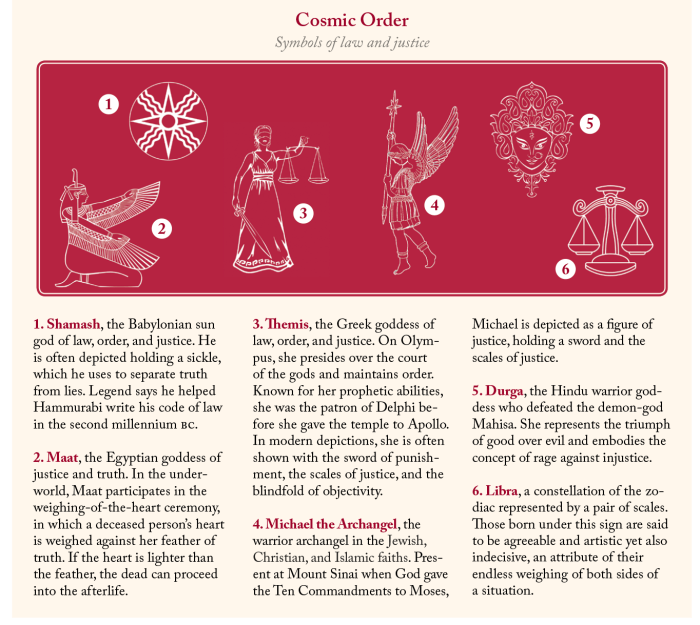The Buddhist principle of cosmic order establishes a comprehensive framework for comprehending the nature of the universe. It encompasses a profound understanding of the cosmos, the cycle of karma and rebirth, and the path to enlightenment.
This principle provides a comprehensive framework for understanding the workings of the universe, offering insights into the interconnectedness of all beings and the consequences of our actions.
Buddhist Cosmology

The Buddhist cosmos is a vast and complex system of realms and beings. It is divided into three main realms: the desire realm, the form realm, and the formless realm.The desire realm is the lowest of the three realms and is characterized by attachment to material possessions and sensual pleasures.
The form realm is a higher realm where beings are free from attachment to material possessions but still have a sense of form. The formless realm is the highest of the three realms and is characterized by the absence of both form and attachment.Each
of the three realms is further divided into a number of sub-realms. The desire realm is divided into the human realm, the animal realm, the ghost realm, and the hell realm. The form realm is divided into the Brahma realm, the Indra realm, and the Yama realm.
The formless realm is divided into the Akanistha realm, the Trsna realm, and the Arupa realm.The Buddhist cosmos is a dynamic system that is constantly changing. Beings are reborn into different realms based on their karma. Karma is the law of cause and effect.
Good karma leads to rebirth into a higher realm, while bad karma leads to rebirth into a lower realm.
Karma and Rebirth
Karma is a central concept in Buddhism. It refers to the law of cause and effect. Every action, whether physical, verbal, or mental, creates karma. Good karma leads to positive results, while bad karma leads to negative results.Karma is not a form of punishment or reward.
It is simply the natural consequence of our actions. We are responsible for our own karma and the consequences that it brings.Rebirth is the process of being born into a new life after death. The type of life we are reborn into is determined by our karma.
If we have accumulated good karma, we will be reborn into a higher realm. If we have accumulated bad karma, we will be reborn into a lower realm.The cycle of rebirth continues until we achieve enlightenment. Enlightenment is the state of perfect wisdom and compassion.
When we achieve enlightenment, we are free from the cycle of rebirth.
The Four Noble Truths, Buddhist principle of cosmic order
The Four Noble Truths are the foundation of Buddhism. They were taught by the Buddha after he attained enlightenment.The Four Noble Truths are:
- The truth of suffering
- The truth of the cause of suffering
- The truth of the end of suffering
- The truth of the path to the end of suffering
The truth of suffering is that all life is characterized by suffering. The truth of the cause of suffering is that suffering is caused by attachment. The truth of the end of suffering is that suffering can be ended by achieving enlightenment.
The truth of the path to the end of suffering is the Eightfold Path.
The Eightfold Path
The Eightfold Path is the path to the end of suffering. It consists of eight practices:
- Right understanding
- Right thought
- Right speech
- Right action
- Right livelihood
- Right effort
- Right mindfulness
- Right concentration
The Eightfold Path is a gradual path that leads to enlightenment. It is not a quick or easy path, but it is the only path to the end of suffering.
Meditation and Mindfulness
Meditation and mindfulness are essential practices in Buddhism. Meditation is the practice of training the mind to be calm and focused. Mindfulness is the practice of being aware of the present moment without judgment.Meditation and mindfulness help to cultivate cosmic order by calming the mind and reducing stress.
They also help to develop compassion and understanding.There are many different types of meditation and mindfulness practices. Some common practices include:
- Sitting meditation
- Walking meditation
- Body scan meditation
- Mindful breathing
Meditation and mindfulness can be practiced anywhere, anytime. Even a few minutes of practice each day can have a positive impact on your life.
General Inquiries: Buddhist Principle Of Cosmic Order
What is the central tenet of the Buddhist principle of cosmic order?
The principle posits that the universe is governed by the law of karma, where actions have consequences and shape the cycle of rebirth.
How does karma influence rebirth?
Karma determines the realm and conditions of one’s rebirth, with positive actions leading to favorable outcomes and negative actions resulting in less desirable circumstances.
What is the role of meditation in the Buddhist principle of cosmic order?
Meditation cultivates mindfulness and helps individuals align with the cosmic order, fostering inner peace and harmony.
